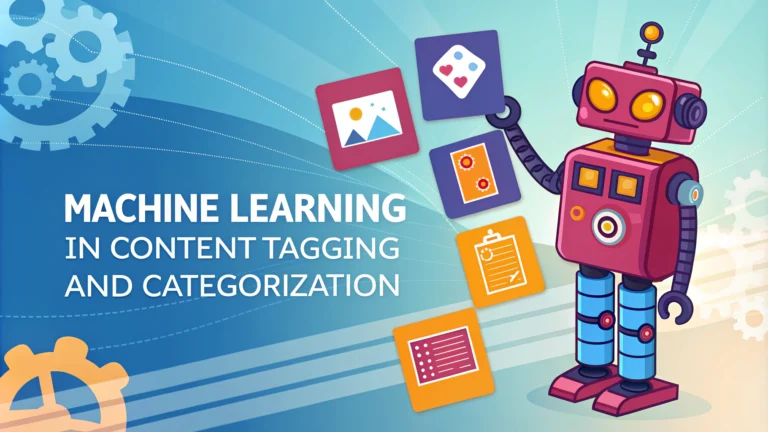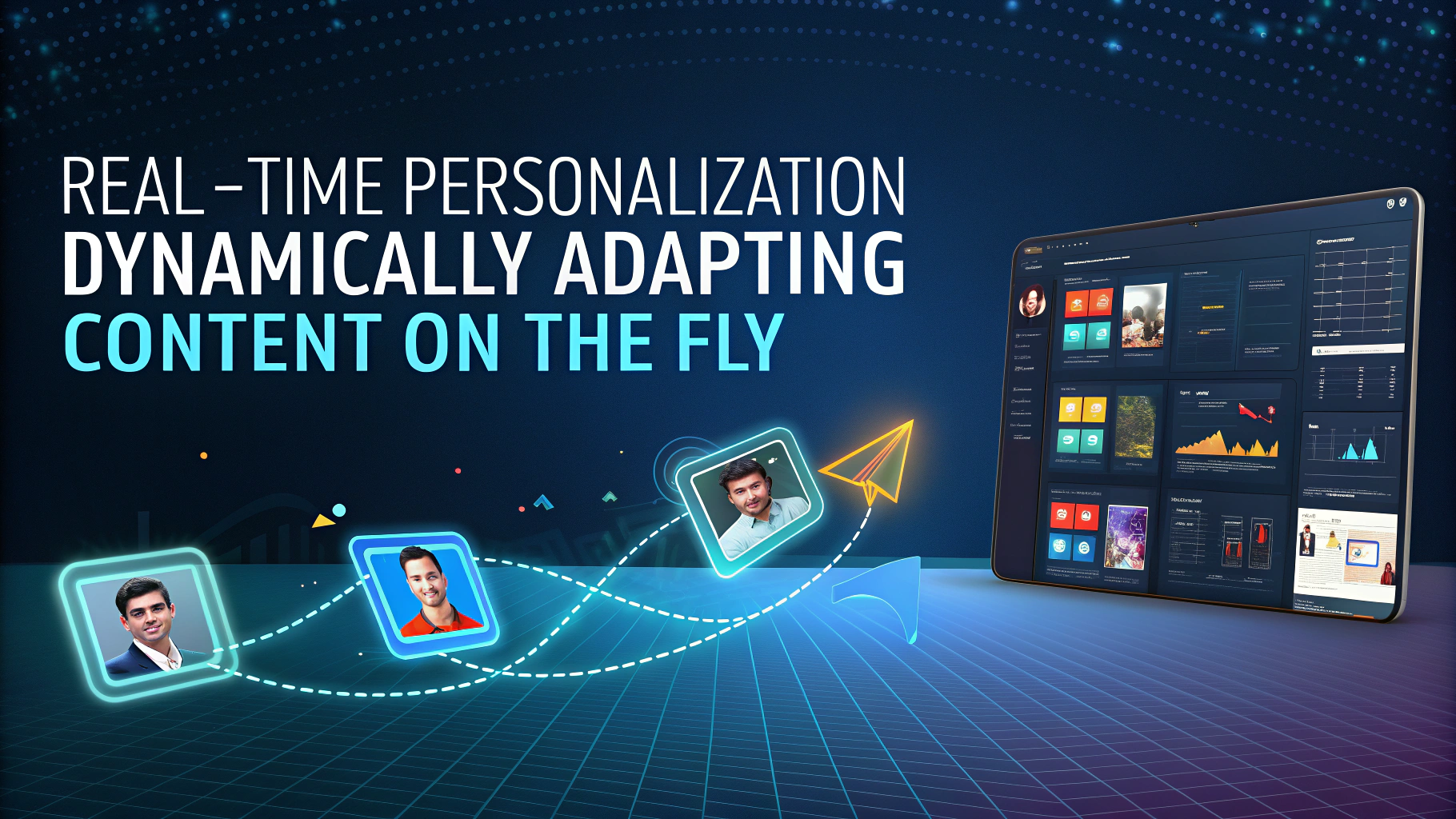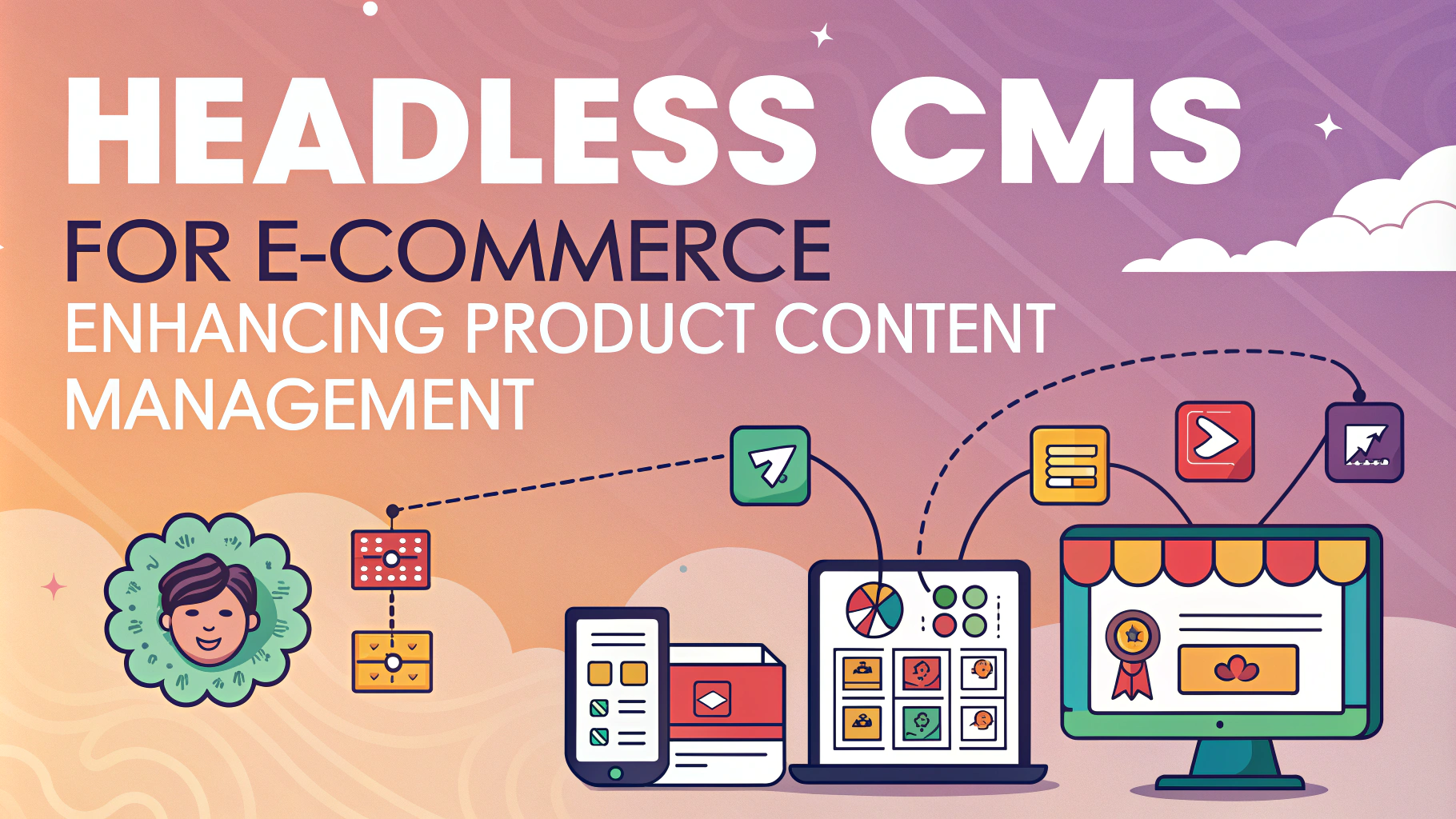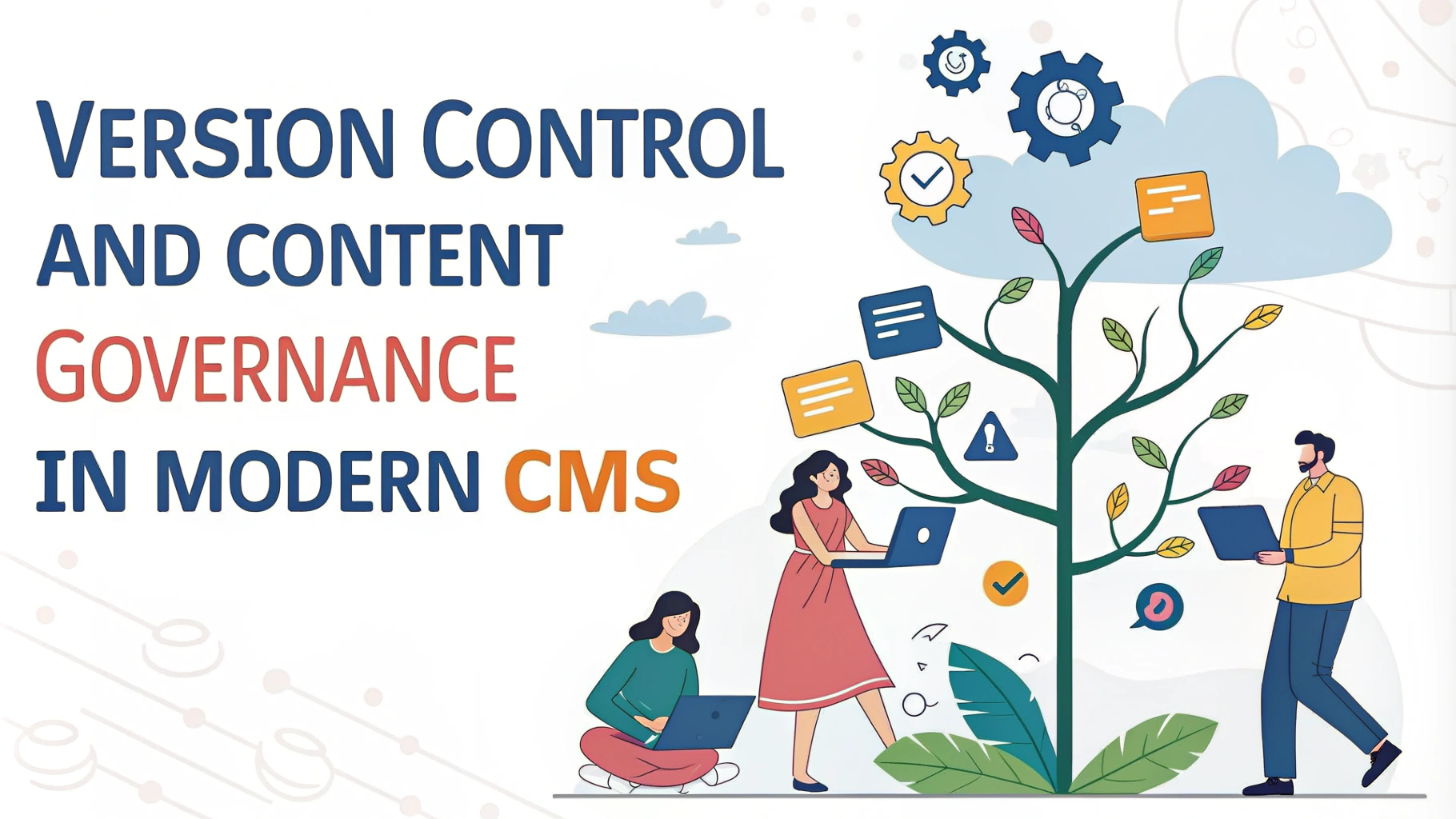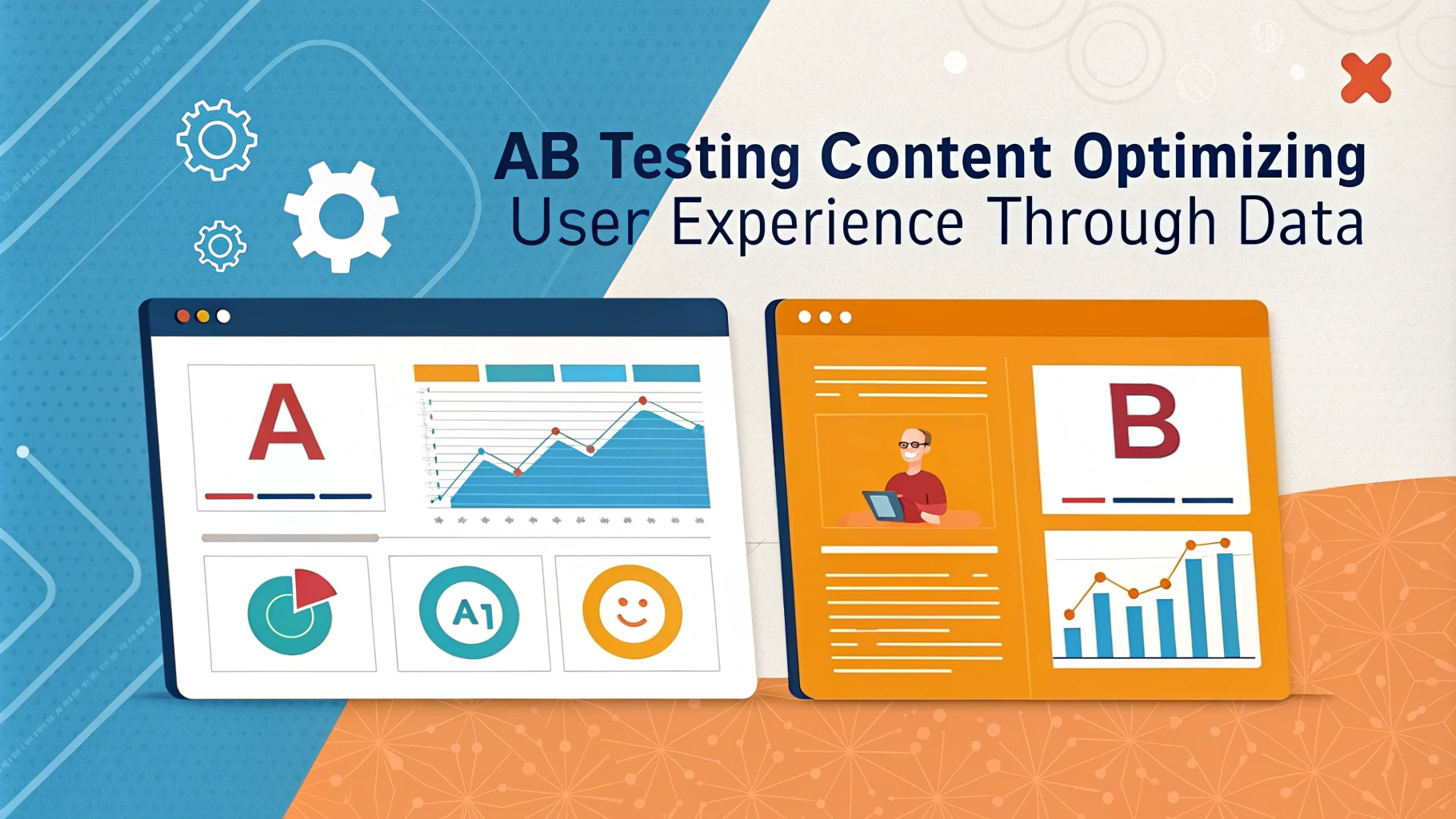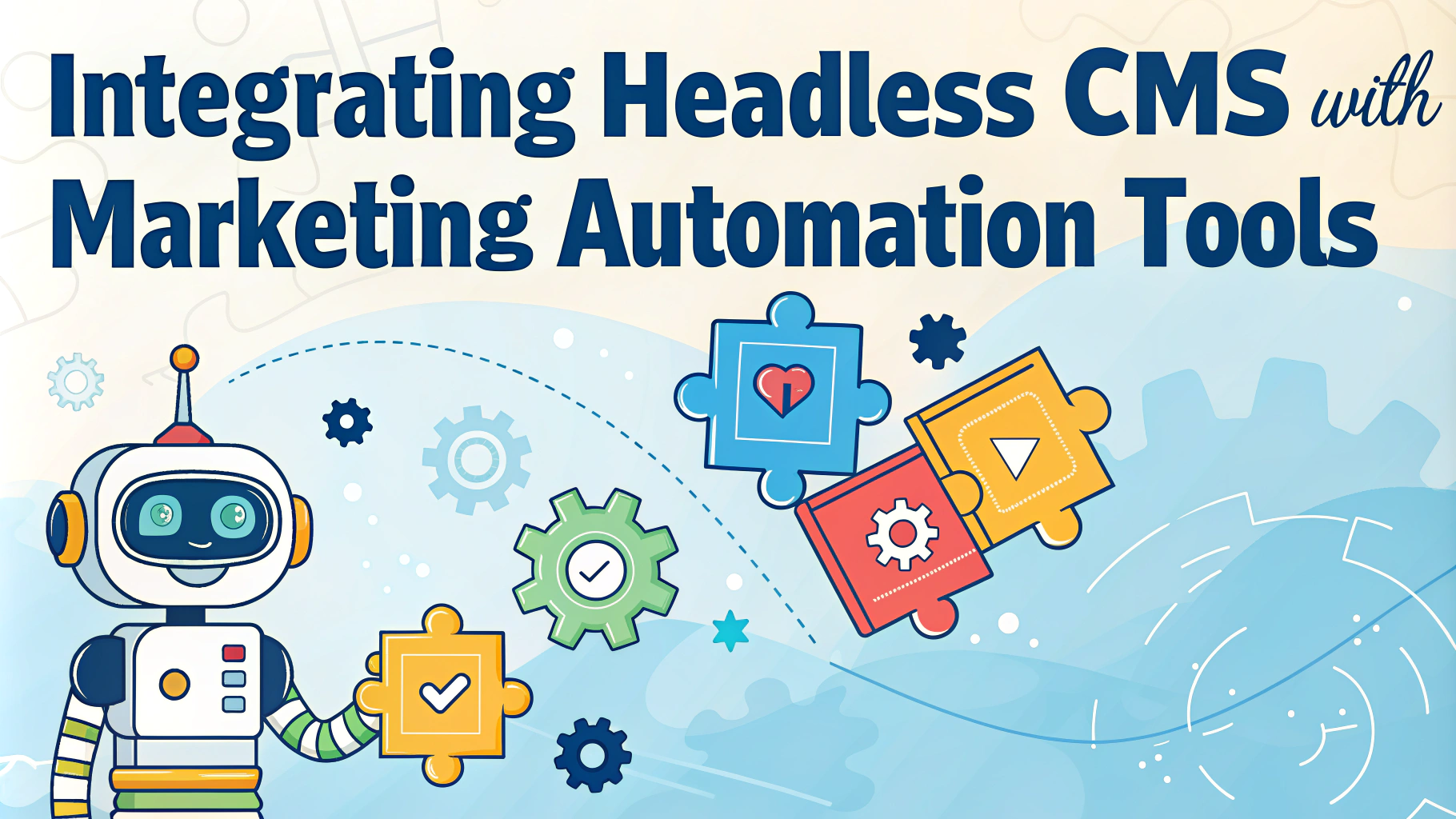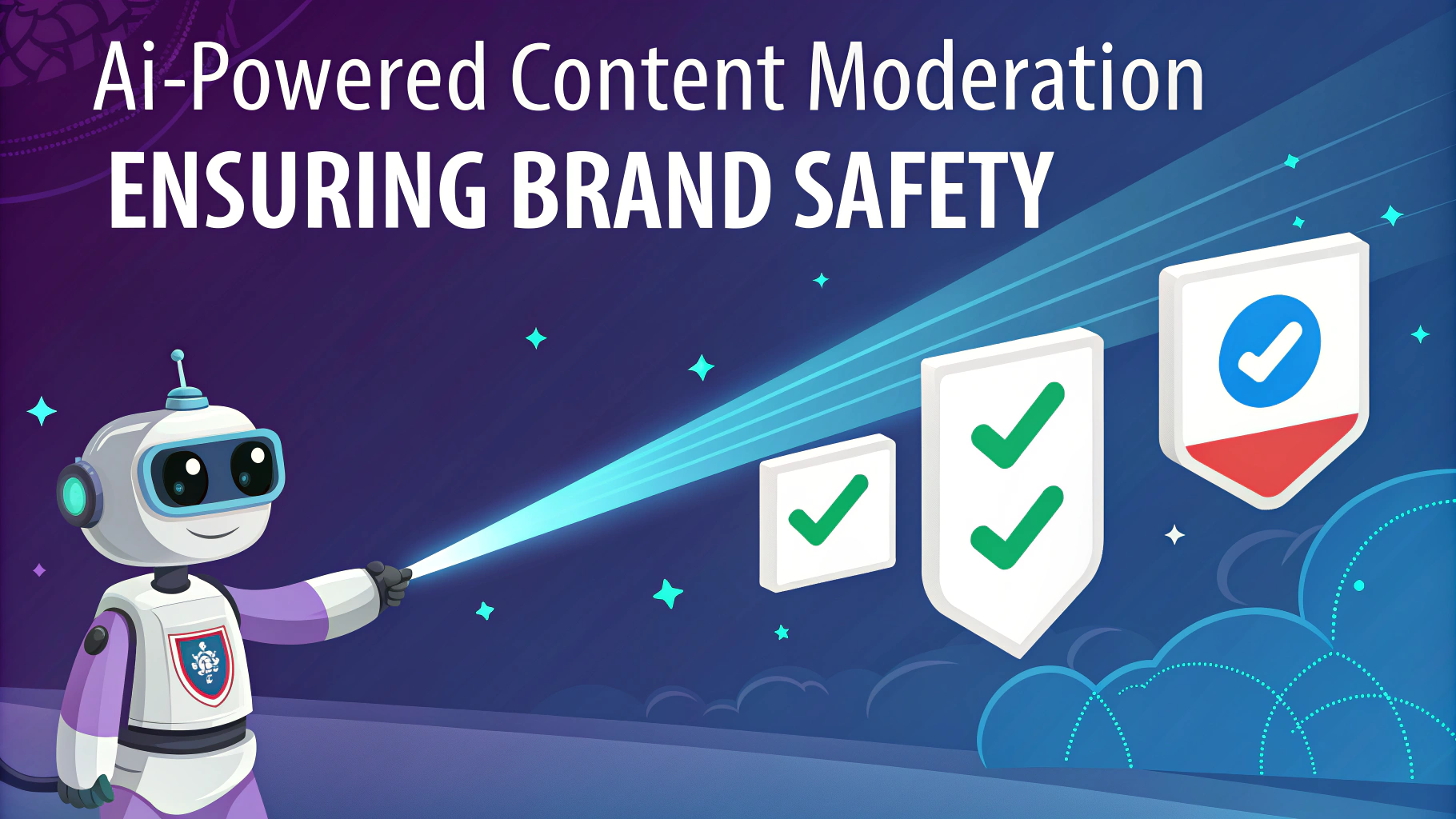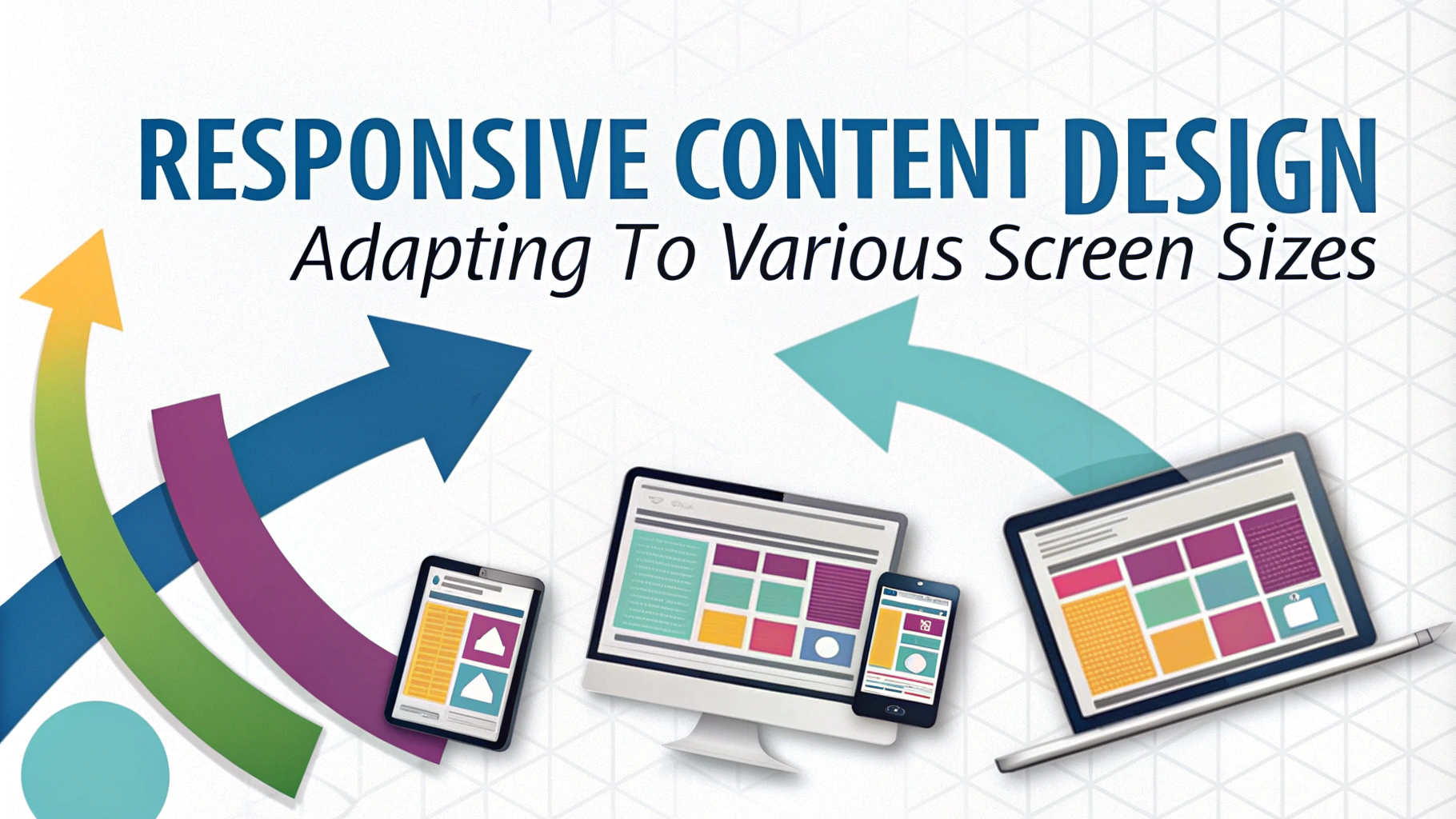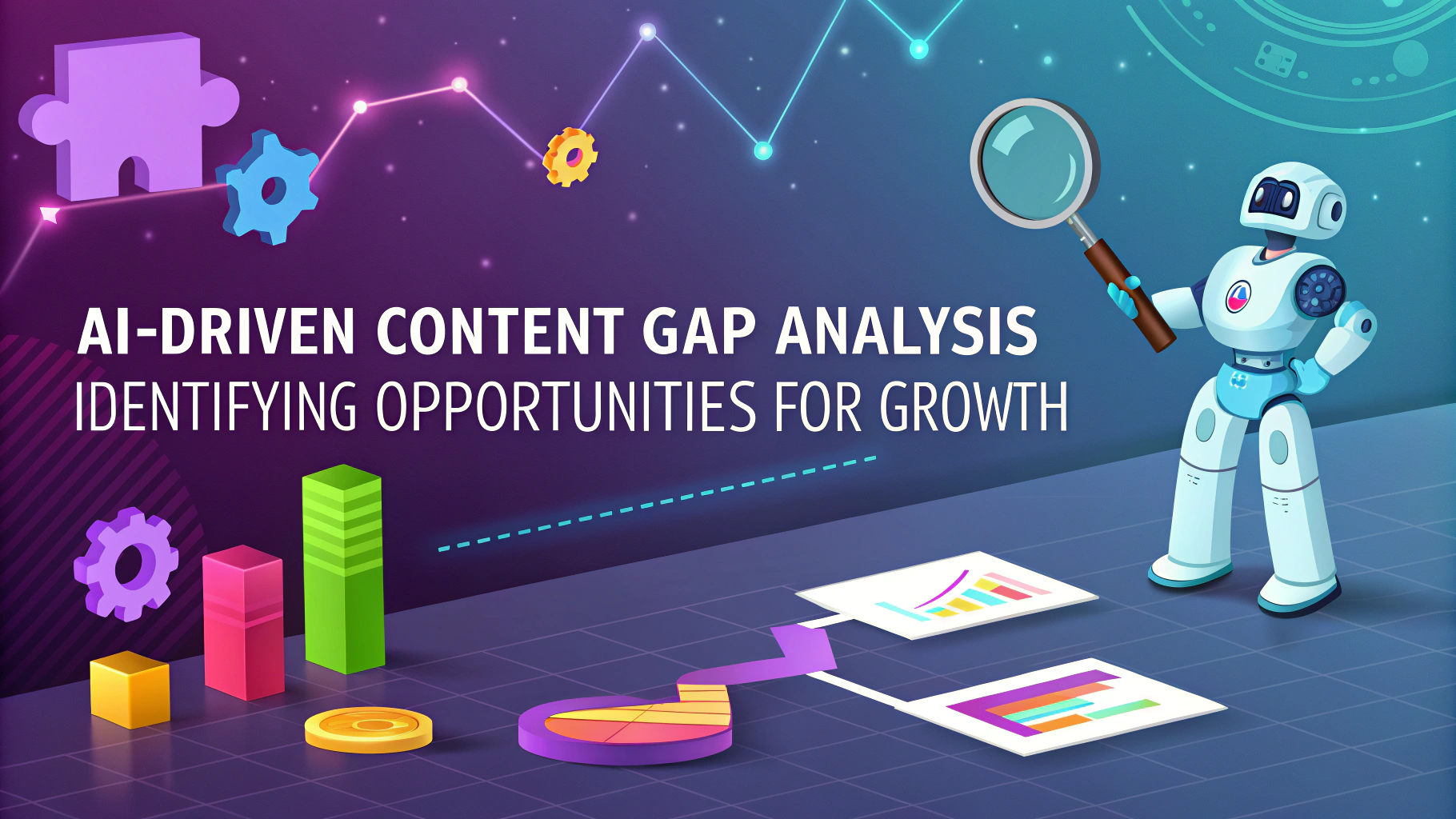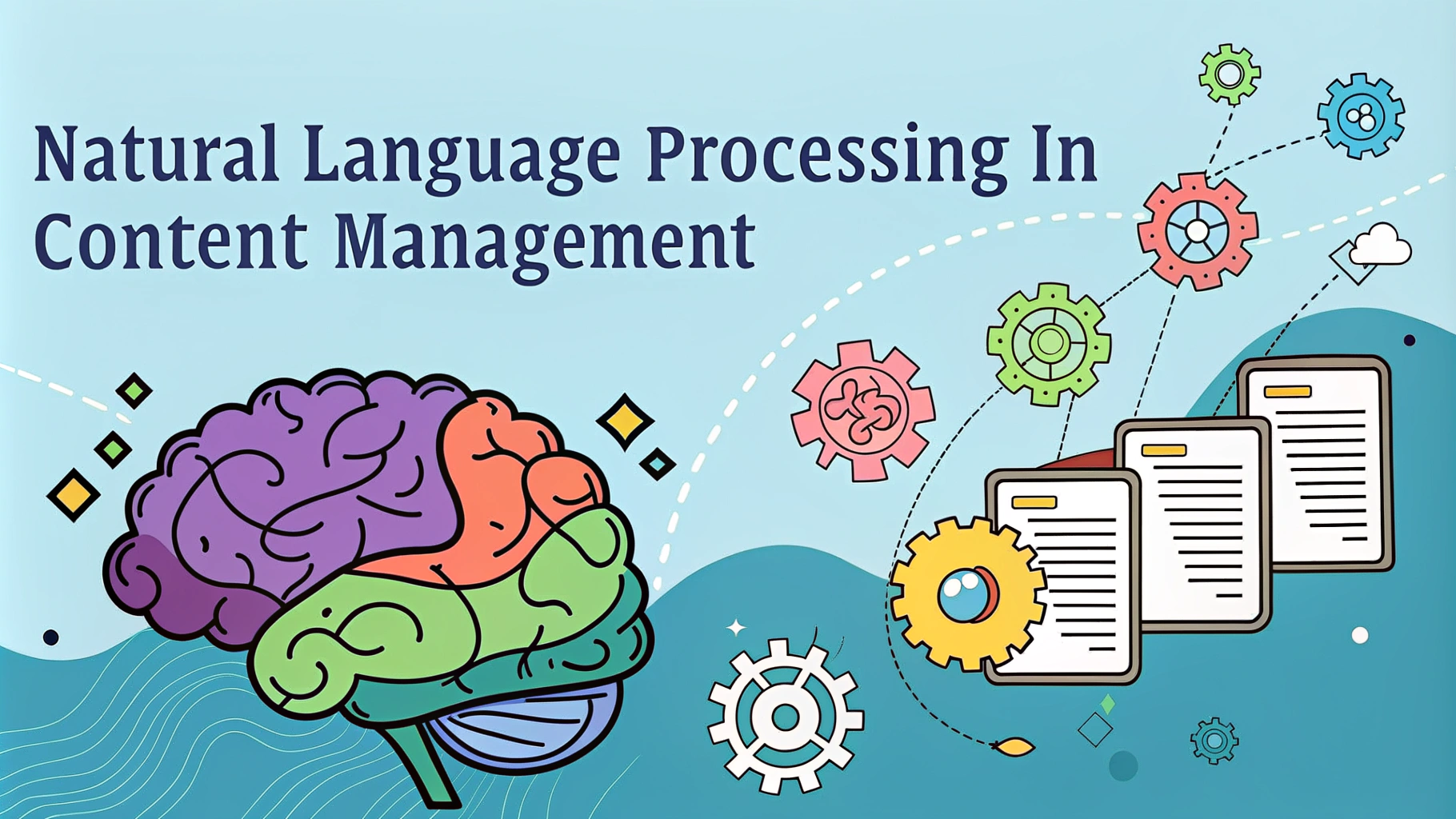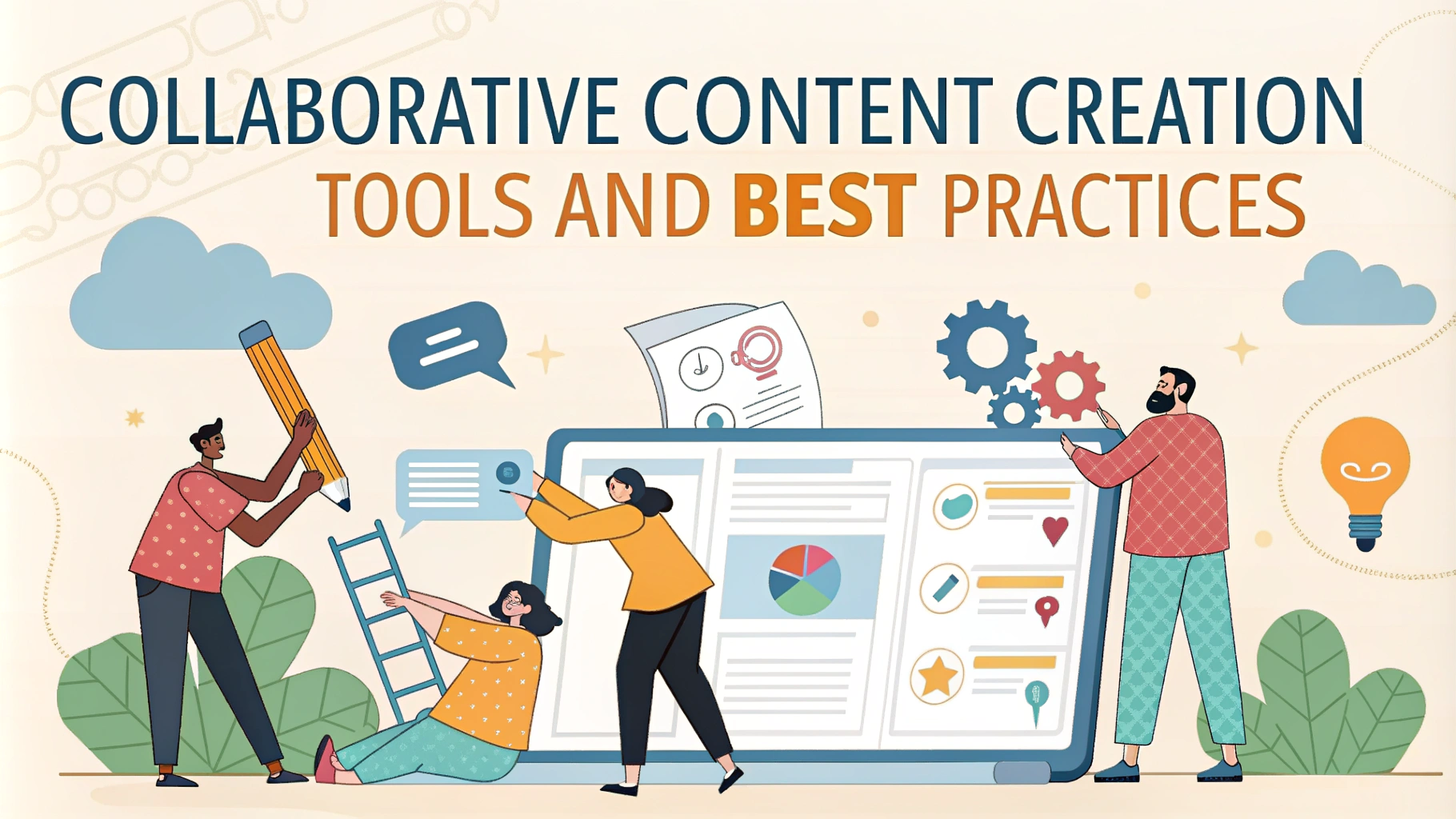AI-powered content tagging and categorization revolutionizes how we manage digital information. This article explores practical ways to harness machine learning for streamlined content workflows, improved discoverability, and enhanced user experiences.
Understanding Machine Learning in Content Management
Machine learning algorithms analyze patterns in data to make intelligent decisions about content classification. Key benefits include:
- Automated tagging of large content volumes
- Consistent categorization across platforms
- Improved content discovery and relevance
- Time and resource savings for content teams
By understanding these fundamentals, content managers can leverage AI to optimize their workflows and improve content organization.
Implementing AI-Driven Tagging Systems
To successfully integrate AI into your content tagging process:
- Choose the right tools: Select AI platforms compatible with your content management system (CMS) and workflow needs.
- Train your model: Provide high-quality, diverse training data to ensure accurate tagging across various content types.
- Set up validation processes: Implement human oversight to refine and improve AI-generated tags over time.
- Integrate with existing workflows: Seamlessly incorporate AI tagging into your content creation and management processes.
By following these steps, you’ll create a robust AI-driven tagging system that enhances content organization and discoverability.
Optimizing Content Categorization with Machine Learning
Effective content categorization is crucial for user navigation and content discovery. AI can significantly improve this process by:
- Analyzing content semantics to determine appropriate categories
- Identifying relationships between different content pieces
- Suggesting new category structures based on content patterns
- Automatically updating categories as content evolves
To optimize your categorization strategy:
- Define clear taxonomy guidelines: Establish a structured framework for your AI model to follow.
- Use hierarchical categorization: Implement multi-level categories for more precise content organization.
- Leverage user behavior data: Incorporate user interactions to refine category relevance and structure.
- Regularly review and adjust: Periodically assess AI-generated categories and make necessary adjustments.
By implementing these strategies, you’ll create a dynamic, AI-driven categorization system that adapts to your content and user needs.
Enhancing Content Workflows with AI Integration
Integrating AI into content workflows can streamline processes and improve efficiency. Here’s how:
- Automated content analysis: Use AI to extract key themes, entities, and sentiment from content.
- Smart content routing: Automatically assign content to appropriate teams or reviewers based on AI-generated tags.
- Personalized content recommendations: Leverage AI-driven insights to suggest relevant content to users.
- Content gap identification: Analyze existing categories and tags to identify areas for new content creation.
To successfully enhance your workflows:
- Map out your current content processes
- Identify areas where AI can add value
- Implement AI tools gradually, starting with high-impact areas
- Provide training and support for team members adapting to AI-enhanced workflows
By thoughtfully integrating AI into your content workflows, you’ll boost productivity and content quality while freeing up team resources for strategic tasks.
Enhancing User Experience through AI-Driven Content Organization
AI-powered content organization transforms how users interact with digital information. This article explores practical strategies to leverage machine learning for improved content discovery, personalization, and overall user satisfaction.
Implementing AI-Driven Search Functionality
AI enhances search capabilities, making it easier for users to find relevant content:
- Natural language processing: Enables understanding of user intent behind search queries
- Semantic search: Identifies relationships between concepts for more accurate results
- Personalized search rankings: Tailors results based on user behavior and preferences
To implement AI-driven search:
- Choose a machine learning framework compatible with your existing infrastructure
- Train the AI model on your content database and user search patterns
- Integrate the AI-powered search engine into your website or application
- Continuously refine the model based on user feedback and search analytics
Leveraging AI for Content Recommendations
AI-powered recommendation systems keep users engaged by suggesting relevant content:
- Collaborative filtering: Recommends content based on similar user preferences
- Content-based filtering: Suggests items similar to those the user has previously engaged with
- Hybrid approaches: Combines multiple recommendation techniques for better accuracy
To implement an effective recommendation system:
- Collect and analyze user behavior data
- Define clear recommendation goals (e.g., increased engagement, conversions)
- Select and train an appropriate AI model
- A/B test different recommendation algorithms to optimize performance
Automating Content Moderation with AI
AI streamlines content moderation processes, ensuring a safe and high-quality user experience:
- Text analysis: Detects inappropriate language, spam, or low-quality content
- Image recognition: Identifies and filters out explicit or offensive visual content
- User behavior analysis: Flags suspicious activity patterns
To implement AI-powered content moderation:
- Define clear moderation guidelines and policies
- Select AI tools that align with your specific moderation needs
- Train the AI model on a diverse dataset of acceptable and unacceptable content
- Implement a human-in-the-loop approach for handling edge cases and improving accuracy
Measuring the Impact of AI-Driven Content Organization
To gauge the effectiveness of AI implementations, track key performance indicators:
- User engagement metrics: Time on site, pages per session, bounce rate
- Content discovery metrics: Click-through rates, search success rate
- Conversion metrics: Sign-ups, purchases, or other desired actions
- User satisfaction scores: Net Promoter Score (NPS), customer satisfaction surveys
Regularly analyze these metrics to:
- Identify areas for improvement in AI algorithms
- Adjust content organization strategies based on user behavior
- Quantify the ROI of AI implementations
- Make data-driven decisions for future AI investments
Conclusion: Embracing AI for Smarter Content Management
AI-driven content organization offers significant benefits for both content managers and end-users. By implementing machine learning techniques for tagging, categorization, search, recommendations, and moderation, businesses can create more engaging and efficient digital experiences.
Key takeaways for successful AI integration:
- Start with clear goals and use cases for AI implementation
- Invest in high-quality training data and ongoing model refinement
- Balance automation with human oversight for optimal results
- Continuously measure and optimize AI performance
By embracing AI-powered content organization, businesses can stay ahead in the digital landscape, delivering personalized, relevant, and engaging experiences to their users.

